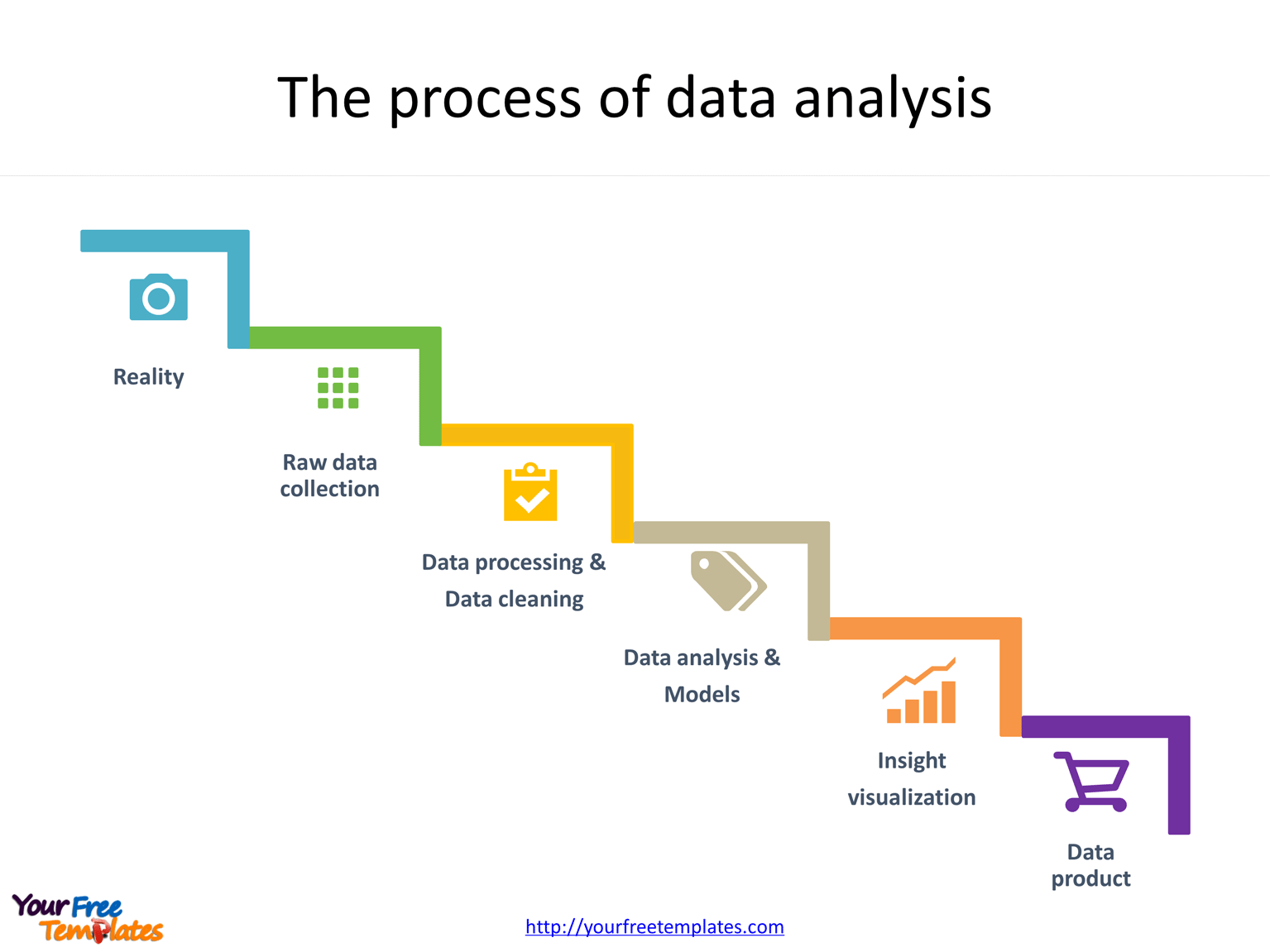
In the realm of research, the journey from raw data to meaningful insights is often a winding path filled with complexities. This process of unraveling the intricacies within data sets requires not only keen analytical skills but also the right tools to assist in the journey. One such powerful tool that has been gaining prominence in the research community is NVivo, a robust software designed specifically to aid in data analysis and visualization. With the ability to handle diverse data types and facilitate in-depth exploration, NVivo has become a go-to companion for research data analysts striving to extract valuable nuggets of information from their datasets.
By seamlessly integrating qualitative and quantitative data analysis functionalities, NVivo empowers research data analysts to uncover rich insights that might have otherwise remained hidden. Its intuitive interface and array of features provide a holistic platform for examining data from multiple angles, enabling researchers to delve deep into their datasets and draw connections that illuminate the underlying patterns and trends. Whether exploring text, audio, video, or survey data, NVivo serves as a versatile ally that streamlines the analytical process and enhances the overall efficiency of research endeavors.
Benefits of NVivo for Data Analysis
NVivo offers researchers a comprehensive platform for organizing, managing, and analyzing data efficiently. With its user-friendly interface and robust features, NVivo simplifies the process of data coding and categorization, allowing researchers to uncover patterns and insights with ease.
One of the key advantages of using NVivo is its flexibility in handling various types of data sources, including text, audio, video, images, and social media. This enables researchers to conduct multi-modal analyses, integrating data from different sources to gain a more holistic understanding of the research topic.
Furthermore, NVivo provides powerful visualization tools that allow researchers to present their findings in a clear and compelling manner. By creating visual representations of the data, researchers can communicate complex relationships and trends effectively, enhancing the impact of their research outcomes.
Key Features of NVivo
NVivo offers a user-friendly interface that allows research data analysts to seamlessly organize and manage their data sources. This feature enables users to import various types of data such as documents, surveys, audio, video, and social media content into a single platform for comprehensive analysis.
One key feature of NVivo is its powerful coding capabilities, which enable users to categorize and label data segments for easy retrieval and analysis. This feature is essential for identifying patterns, themes, and trends within the data, providing valuable insights for research projects.
Spss Data Analysis Services
Furthermore, NVivo provides advanced data visualization tools that allow researchers to create charts, graphs, and matrices to present their findings in a clear and impactful manner. These visual representations help researchers communicate complex data analysis results effectively to their audience.
Best Practices for Research Data Analysis
Firstly, it is essential for research data analysts to clearly define the research objectives and formulate specific research questions prior to embarking on data analysis. This initial step helps ensure that the analysis remains focused and aligned with the overall goals of the study.
Secondly, maintaining a systematic approach throughout the data analysis process is crucial. This involves organizing the data efficiently within NVivo, utilizing appropriate coding techniques, and consistently documenting the analytical procedures to facilitate transparency and reproducibility.
Finally, collaboration and peer review play a significant role in ensuring the validity and reliability of research data analysis. Engaging colleagues or experts in the field for feedback and validation can help enhance the robustness of insights derived from NVivo data analysis and strengthen the overall quality of research outcomes.





